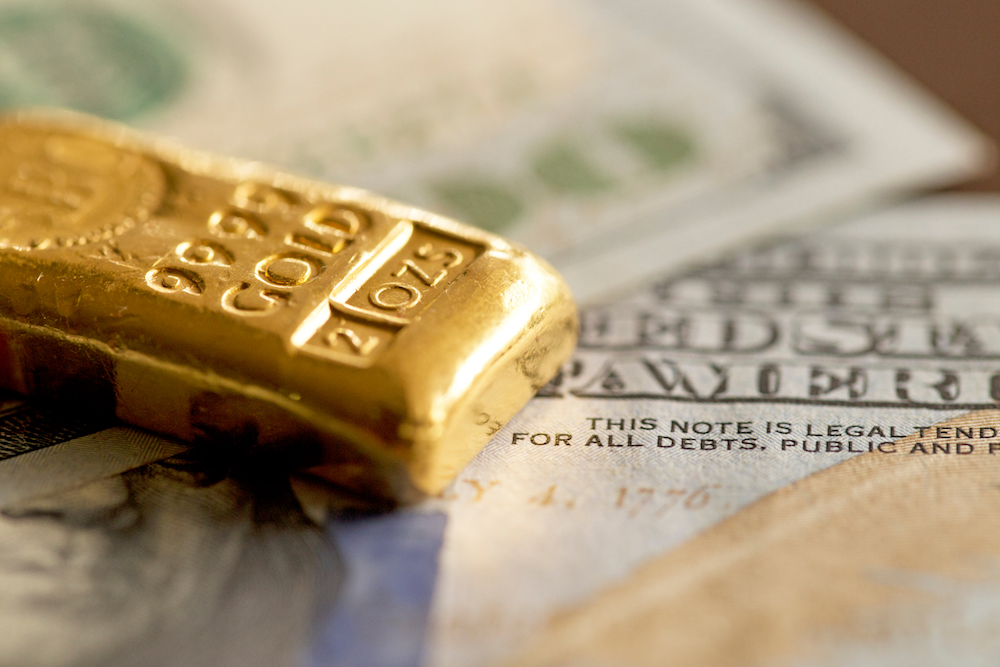Precious Metals
Fishy Jobs Report Boosts Dollar
Last Friday’s jobs data sent shockwaves through currency and metals markets. January’s jobs report was "stunningly good," according to CNBC. It prompted…

Last Friday’s jobs data sent shockwaves through currency and metals markets.
January’s jobs report was “stunningly good,” according to CNBC. It prompted currency traders to buy up U.S. dollars and short sellers in futures markets to pounce on gold and silver.
The highlights: Nonfarm payrolls increased by 517,000 versus analyst estimates of just 187,000. The official unemployment rate fell to 3.4%, the lowest since 1969.
Skeptics say something smells fishy.
How did the economy manage to add three times more jobs than forecast?
And what’s behind the supposedly lowest unemployment rate in decades amid a wave of corporate downsizing and multiple indicators of a broader economic contraction underway?
The official unemployment rate is more of a statistical fabrication than an approximation of the actual rate of joblessness. Millions of people who have been out of work for too long are statistically scratched from the labor force and therefore not included among the ranks of the unemployed.
Millions more Americans are stuck with low-paying part-time jobs or gigs that keep them technically employed even though they are actually looking for (but not finding) full-time work.
Today, side jobs can easily be found on the internet. But real, inflation-adjusted earnings for workers have been in decline for decades.
A job isn’t what it used to be. A typical wage earner can no longer support a family comfortably thanks to ever-rising costs of living.
While President Joe Biden cheered the latest unemployment statistical concoction, large numbers of Americans (both employed and unemployed) say the economy stinks.
As ABC News reported over the weekend, “Four in 10 Americans say they’ve gotten worse off financially since Joe Biden became president, the most in ABC News/Washington Post polls dating back 37 years.”
Of course, government economists and Federal Reserve policymakers don’t pay much heed to these sorts of indicators of real-world financial conditions.
The Fed has continued to raise interest rates in part to cool the labor market – i.e., repress wage growth and drive more people out of work – on the assumption that it is running too hot. The latest jobs report may encourage central bankers to continue hiking.
The risk to precious metals investors is that the U.S. Dollar Index embarks on an upswing here – reversing its steady decline since last Fall. While a bounce is certainly to be expected given the “stunning” nature of the jobs report, that bounce could be fleeting.
If a recession is taking hold, as dismally low social mood readings suggest it is, then no amount of statistical window dressing will be able to cover it up.
And historically, gold tends to perform well when the economy turns down – because central bankers will inevitably pivot from tightening back to stimulating with loose money.

Canadian Silver Co. Will See Big Changes in 2024
Source: Michael Ballanger 12/22/2023
Michael Ballanger of GGM Advisory Inc. takes a look at the current state of the market and shares on stock…
EGR options out Urban Berry project in Quebec to Harvest Gold – Richard Mills
2023.12.23
EGR Exploration Ltd. (TSXV: EGR) has moved from owner to shareholder at its Urban Berry project in Quebec, this week announcing it is optioning…
Crypto, Crude, & Crap Stocks Rally As Yield Curve Steepens, Rate-Cut Hopes Soar
Crypto, Crude, & Crap Stocks Rally As Yield Curve Steepens, Rate-Cut Hopes Soar
A weird week of macro data – strong jobless claims but…













